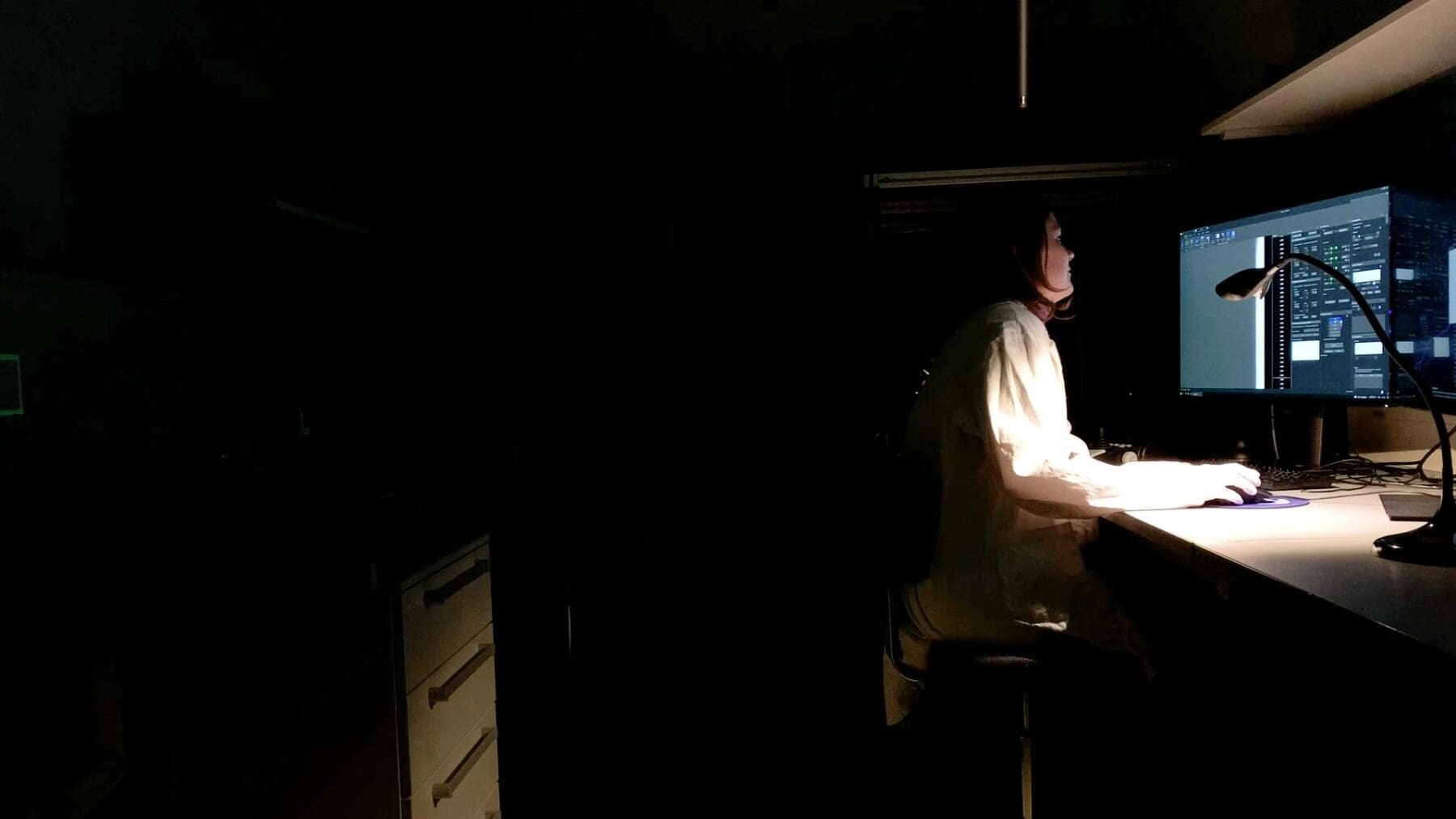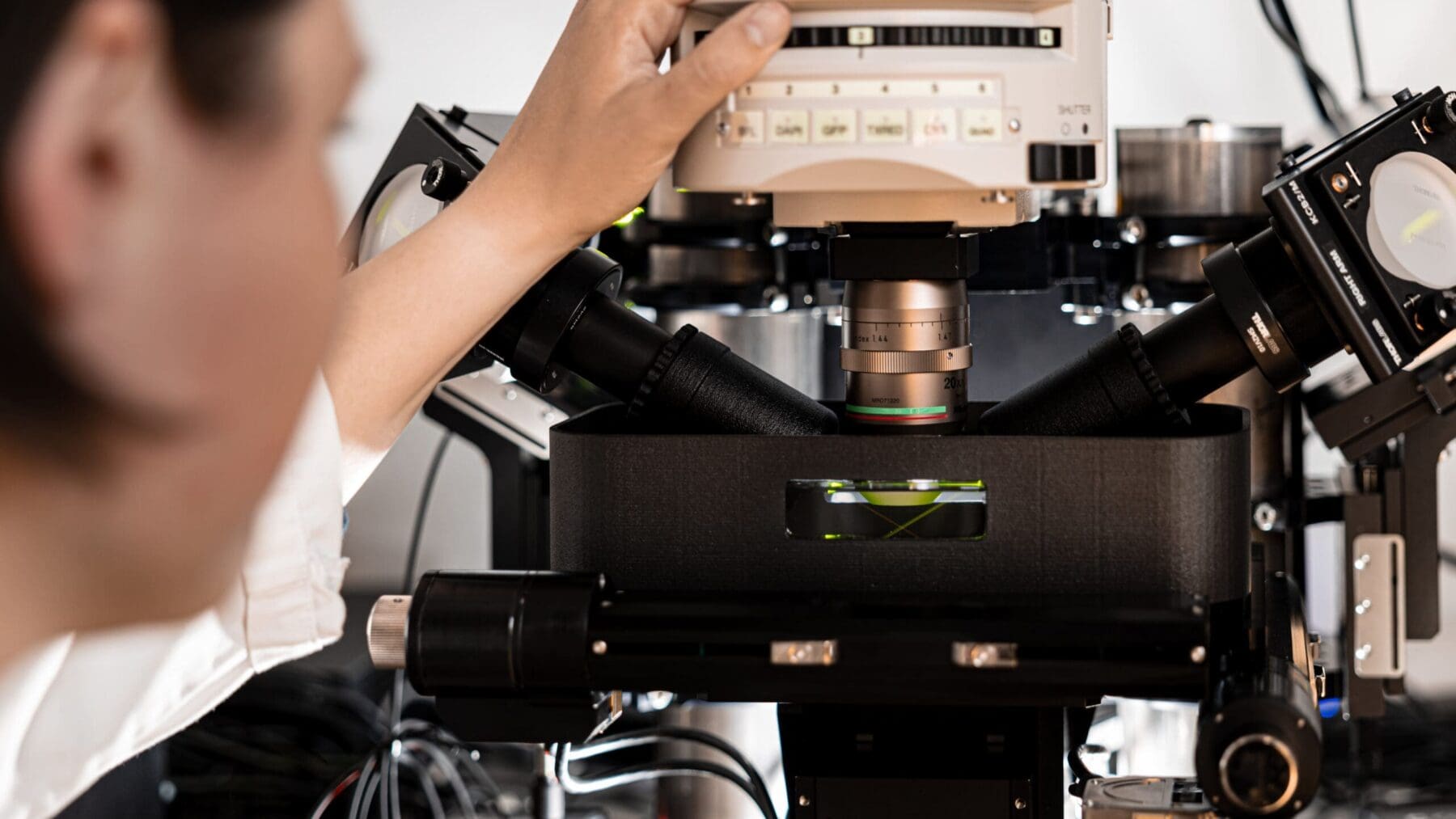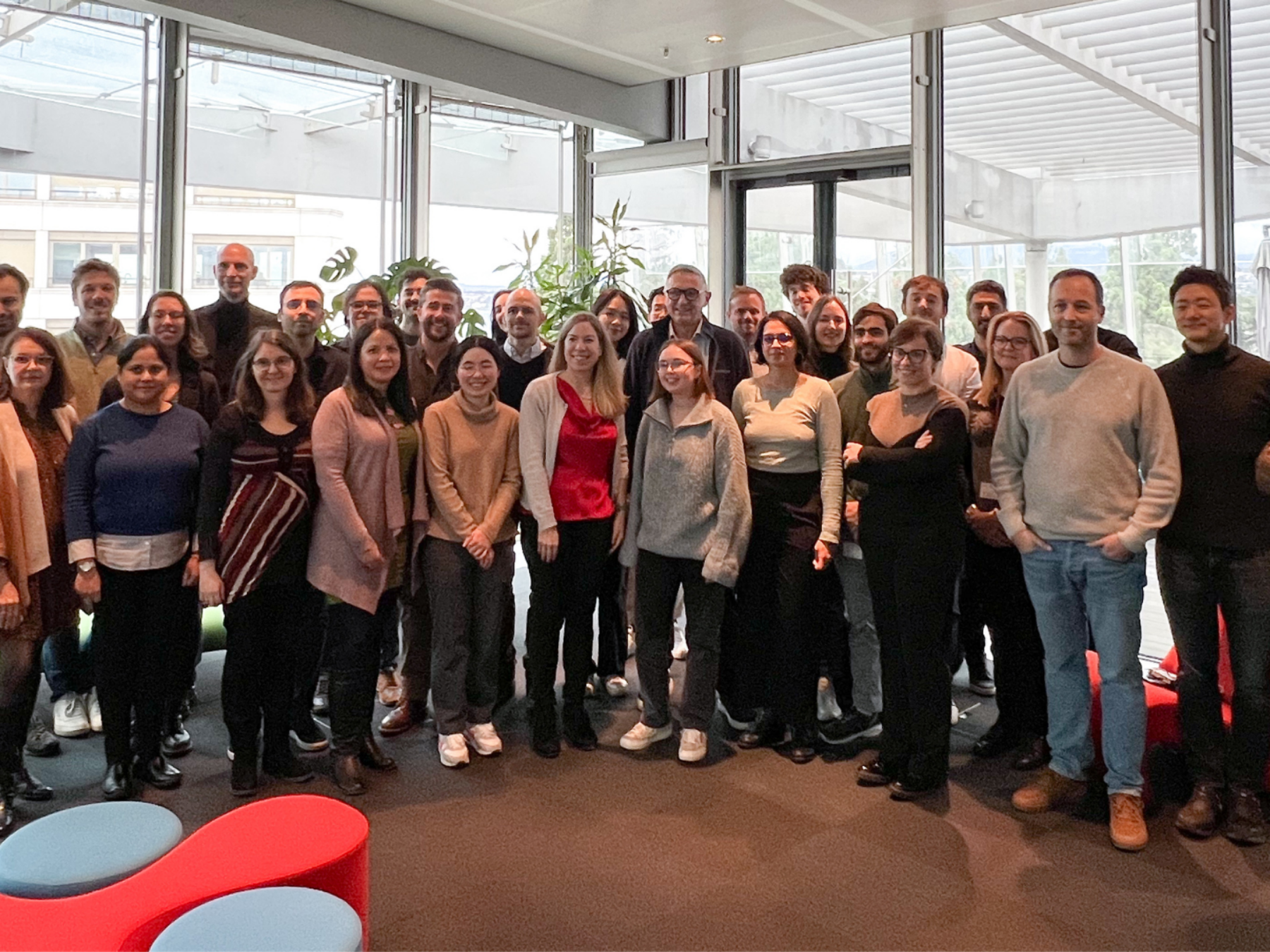05.05.2022
Where I work: Seeing the invisible

Research technician Ivana Gantar explores the hidden microscopic world within mammalian brains using the latest lightsheet microscope technology.
Passionate about microscopes since childhood, Ivana talks about her interest in seeing the invisible, and discovering things that would not be accessible without microscope technologies.
Credits: Marion de Vevey, Centre de Formation au Journalisme et aux medias, Lausanne
Do you remember the first time that you used a microscope?
I had one as a child, it was a small toy microscope that you put in the sunlight to be able to magnify anything. I remember looking at small threads of cotton and the fibres within paper. Under the microscope everything is inverted and this was fascinating for me. I think this was the start of my passion, but it was still only a toy. When I discovered real, larger microscopes, ones that imaged in micrometres and nanometres and visualized 3D tissue in all dimensions, I think that is when I decided that this is what I want to do.
How did you turn your passion for microscopy into a career?
I was studying biology when I discovered real microscopes. We had practical assignments in microscopy and the thing that fascinated me the most was that it enabled you to see something that you couldn’t see with your naked eye. I think we rely a lot on our eyes to interpret the world, so we think we see everything; but when you use microscopes, they allow you to see something that you had no idea was there.
When I had to choose my masters project, I chose one that used all the microscopes that were available. This allowed me to discover different microscopy techniques, their advantages and disadvantages, and how to combine them together to answer questions.
Microscopy and imaging naturally became my priority when I was looking for a job – it became my keyword. I searched all the careers platforms possible. I knew that I was not going to stay in Slovenia because we don’t have big microscopy facilities there. I wanted to go bigger; I wanted to do more imaging than is currently possible in Slovenia.
If you could do whatever project you wanted with microscopes, what would you do?
We’re already doing some pretty crazy things here. I’m imaging samples that I never even thought existed, so I’m already pushing the limits of what I thought I could image. I think this describes the Wyss Center – you’re always pushing a little bit beyond what you expect and what you imagined you could do.
But if we could go beyond the technical limitations that we have today, the craziest project I would like to do would be to image a whole human body. Right now, we image organs and try to understand how they work, but I think it would be super interesting to see how everything is structured and connected, how everything works together, in an entire human body.

About Ivana
Ivana Gantar joined the Wyss Center in August 2020 as Microscopy Research Technician. She prepares samples with the Clarity protocol to make them transparent, imaging the cleared samples with lightsheet microscopes and performing basic post-processing of the images obtained. Ivana studied Biology at the University of Ljubljana, Slovenia and obtained her master’s degree in Ecology and Biodiversity at the same university. During her studies she explored different dimensions of biology, from cells to ecosystems. She had the opportunity to work with a confocal microscope during her internship at CBM Severo Ochoa in Madrid and electron microscopes (SEM and TEM) during her master’s thesis project.


